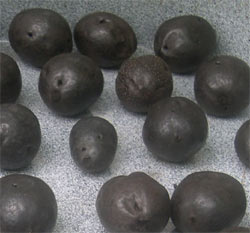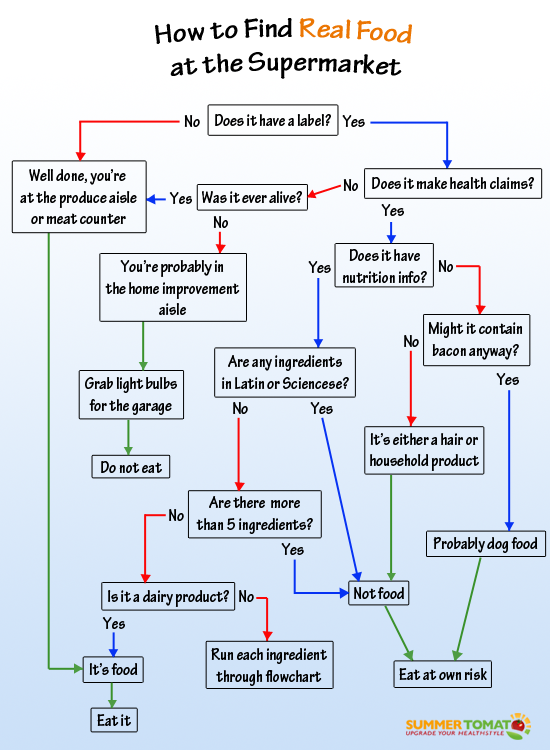- Firstly I try to be nice / kind / thoughtful. In my mind even if you are in pain you shouldn't be rude or obnoxious. And any person who is prepared to train for years, then work in the middle of the night has got my respect!
- Secondly if I am interacting with a medical person it is because I want their help. Whether this be a stitch in my head cause I didn't think through my actions assembling a steel shelving set, or wanting my wife taken care of, whatever the reason I want them to give me their best information and make the best decision so I am on my best behavior!
- Thirdly I very quickly try an establish a professional rip-poor (sp?). With out trying to be a know it all, I can hold an intelligent conversation on most medical things and if I am with another person I interpret the medical persons jargon into something that my kids or wife can understand. So they quickly see me as a knowledgeable customer so treat me more of an equal than a bleb
- Lastly I ask lots of questions. Part of this is my natural inbuilt curiosity, I want to know how every widget works, and why things are done the way they are. I do try not to be annoying ! and most of the time I succeed. Most professionals love to show of their knowledge to a inquisitive audience.
When people find I work in the complementary medical space out comes their story. Normally the story revolved around some medical screw up or some medical person who didn't really do the right thing. I personally haven't had many horror stories. I could tell you about the surgeon who put in my chest drain. He had never done the op before, and he should have been supervised, but he wasn't. I choose to look at the fact on Thursday night of the Easter weekend some young guy was on hand to save my life (my lung had completely collapsed, and very high risk of making other lung collapse. If this happened I wouldn't been able to get oxygen into my blood and there is not much that can be done to help!!!). Or when I get told off by the young hospital doctor for reading my notes - I think poor person being that hemmed in by the rules - so laugh it off and keep on reading.....so I guess that I tend to look on the bright side of the situation.
Therefore it was very surprising that I had a interaction with a doctor, and to some degree a pharmacist, which left a very bad taste in my mouth. I currently take a rather high dose of a calmative (is that a word?) called amitriptyline to get to, and stay, asleep. It is habit forming with sever withdrawal effects also the long term effects are now well known. Therefore I am keen to get off this medication as quickly as possible without kicking the withdraw symptoms.
I was originally taking 2x 50 mg tablets + 2x 10mg tablets. I dropped the 10 mg tablets, about 6 weeks apart and was down to 2x 50mg without any issues. However replacing a 50mg tablet with 5x 10mg tablets resulted in very poor sleep. So last week when I saw my doctor for a prescription we discussed this. We agreed that it didn't make sense. However there were 25mg tablets that I could try and if I was to change something wait 2 weeks before saying it doesn't work.
So when I picked up the prescription from a pharmacist who doesn't normally do my scripts, he gave me 4x 25mg tablets per night instead of the 2x 50mg. I was somewhat surprised as I thought we had just talked about making a change and we were not going to go the whole hog so to speak. Well after 10 days of not sleeping at all well and becoming suicidal (not terribly uncommon for me) that I had tried the 25mg and needed to go back to 50mg.
Normal doctor was away, so had a locum. Firstly it turned out that the pharmacist didn't have any 50mg in stock so just substituted them without telling me. Given that this script had two types antidepressant (amitrip is a type of antidepressant) I would have thought that it would have least been mentioned. However I'm sure it was a genuine mistake (well I hope so)
But what really got up my nose was the attitude of the doctor/locum. She called the pharmacist who said he could get some in withing 3 working days. So the doctor said that the different med's could be here by 3 days and "it wasn't going to kill me" if I waited the 3 days. I thought hold on - I'm suicidal (I hadn't actually told the doctor this as just wanted a simple change) - I might not last 3 days. I didn't say it - cause I didn't want to speak that over my life !!!!
Then after this little issue she went on to become very condescending about the fact that a change from 2x 50 to 4x 25 shouldn't had made any difference. That it was "all in my head" and I was being neurotic. She didn't exactly say those words but is was very firmly communicated. I new that the change shouldn't have made a difference - except it does - and consistently does. Felt very undervalued, treated like a silly child. It really made me mad......... and afterward I wondered if this is how some medical people can treat general public - I was unshaven, in non work clothes, in a small rural town, so assumption probably was that I was just some uneducated plebling.
No wonder then people have these stories about not being listened to. I know understand what it is like to be on the receiving end of a medical person who treats you like a little kid and not the adult you are. So next time someone tells me a story I will likely have a bit more empathy - although I don't really like hearing about your negative experiences - tell me about your overcoming ones, the positive end result !
Postscript got my 50mg tablets, slept much better, mental health much better :)











